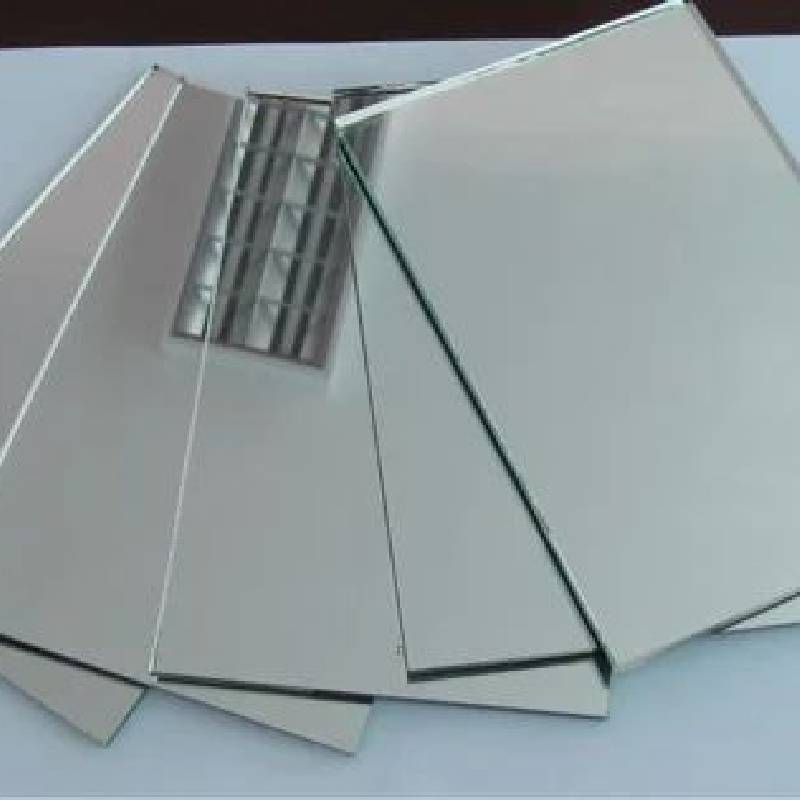

The Benefits and Applications of Anti-Reflective Glass
Anti-reflective glass, as the name suggests, is specially treated glass designed to minimize glare and reflections. This innovative technology has become increasingly important in various fields, including architecture, automotive design, electronics, and optics. By reducing unwanted reflections, anti-reflective glass enhances visibility, improves aesthetic appeal, and contributes to the overall user experience.
Understanding Anti-Reflective Technology
Anti-reflective glass usually consists of a thin film coating applied to the surface of the glass. This coating is composed of multiple layers with differing refractive indices. When light hits the glass surface, some of it reflects while some passes through. The multi-layer coating works by disrupting the light waves, allowing more light to enter the glass while minimizing reflectivity. Typically, this technology can reduce glare by up to 99%, which significantly enhances clarity and visibility. For instance, while standard glass may reflect about 8% of incoming light, anti-reflective glass can reduce this to below 1%.
Applications in Architecture
One of the most prominent applications of anti-reflective glass is in architectural design. Building facades often incorporate expansive glass panels to create an open and inviting atmosphere. However, reflective surfaces can create unsightly glare, disrupt views, and even pose hazards for pedestrians or drivers. By integrating anti-reflective glass into architectural projects, designers can enhance both functionality and aesthetics. The glass allows more natural light to flow into buildings, reducing the need for artificial lighting and improving energy efficiency. Furthermore, anti-reflective surfaces maintain transparency, which is critical for showcasing views and connecting indoor spaces with the outdoors.
Enhancing the Automotive Experience

The automotive industry also benefits from anti-reflective glass technology. Windshields and side windows with anti-reflective coatings contribute to improved visibility for drivers and passengers alike. During bright conditions, reflections can hinder a driver’s ability to see the road clearly, increasing the risk of accidents. Anti-reflective glass minimizes this issue, creating a safer driving experience. Additionally, manufacturers are utilizing this technology in the production of rear-view mirrors and dashboard displays, providing clearer images and reducing eye strain for drivers.
Advancements in Electronics
Electronic devices such as smartphones, tablets, and televisions also leverage anti-reflective glass to improve screen visibility. Screens that reflect excess light can be difficult to view, particularly in bright environments. By using anti-reflective coatings, manufacturers provide users with a better viewing experience, allowing for clearer images and reduced glare. This technology not only enhances usability but also adds a layer of sophistication to the design of these devices. The sharp, clear appearance of anti-reflective screens can elevate user satisfaction and engagement.
Impact on Optics and Photography
In the realm of optics, anti-reflective coatings play a crucial role in the performance of lenses and other optical devices. In cameras, microscopes, and telescopes, reducing reflections is paramount for achieving high-quality images. Anti-reflective glass improves light transmission, allowing for brighter and more detailed photographs. Photographers often rely on lenses with anti-reflective coatings to capture crisp images without the unwanted glare that can detract from visual storytelling.
Conclusion
Anti-reflective glass is revolutionizing how we interact with our environments and technologies. Its applications span various fields, significantly enhancing functionality and aesthetics. Whether in buildings, vehicles, electronic devices, or optical instruments, anti-reflective glass reduces glare, improves visibility, and contributes to energy efficiency. As technology continues to advance, the demand for high-performance glass will likely grow, leading to further innovations in coating techniques and materials. For consumers and industries alike, the benefits of anti-reflective glass are clear, paving the way for a future where enhanced visibility and design coexist harmoniously.